US Magistrate Judge Nathanael Cousins has officially sanctioned Apple over withholding documents in the Federal Trade Commission’s (FTC) lawsuit against Qualcomm.
Judge punishes Apple for withholding documents in FTC’s lawsuit against Qualcomm
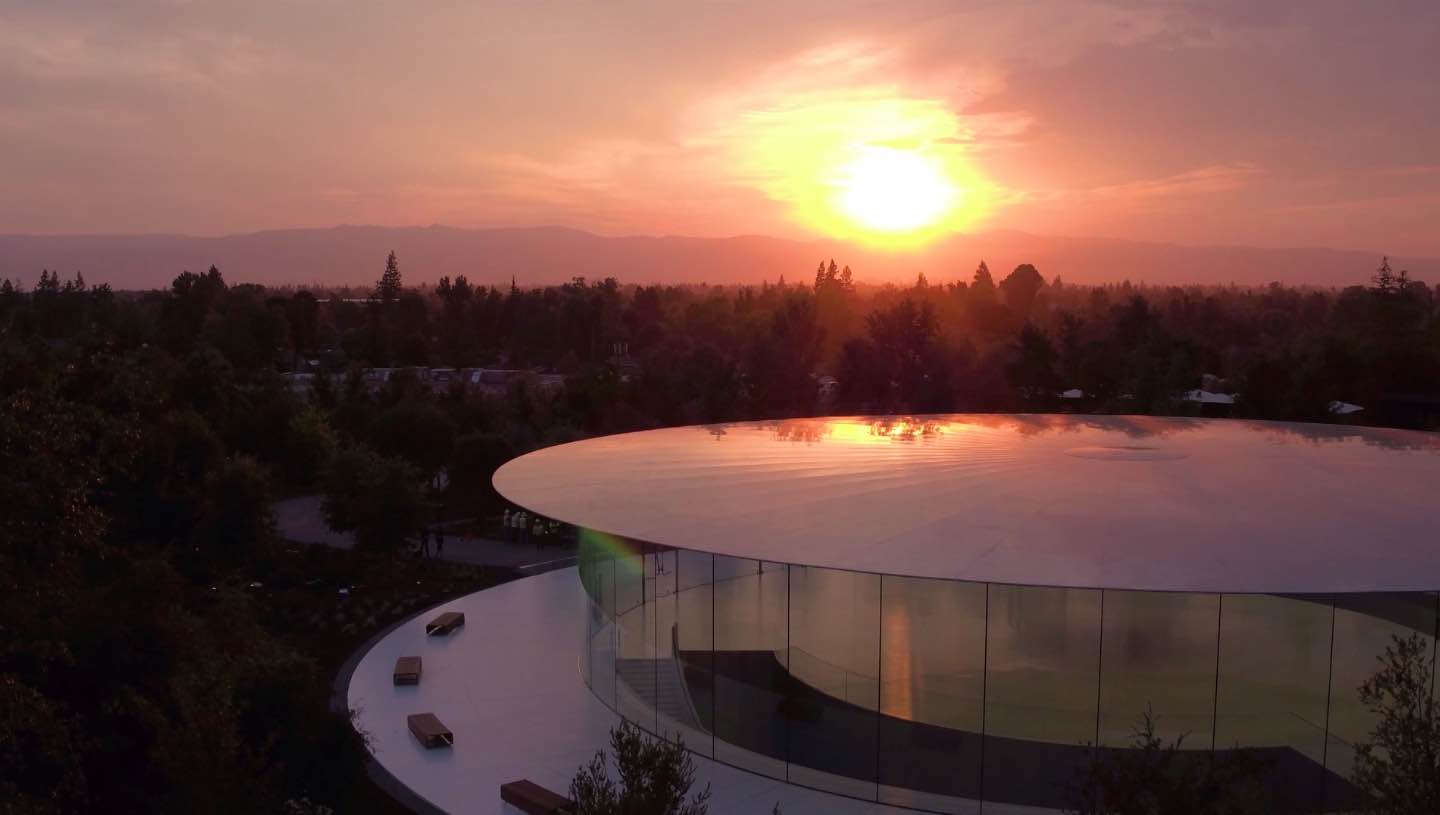

US Magistrate Judge Nathanael Cousins has officially sanctioned Apple over withholding documents in the Federal Trade Commission’s (FTC) lawsuit against Qualcomm.

Apple has reportedly inked a deal with director Steven Spielberg's Amblin Television and Comcast's NBC Universal to create new episodes of “Amazing Stories,” Spielberg's 1980s fantasy, horror and sci-fi television anthology series.
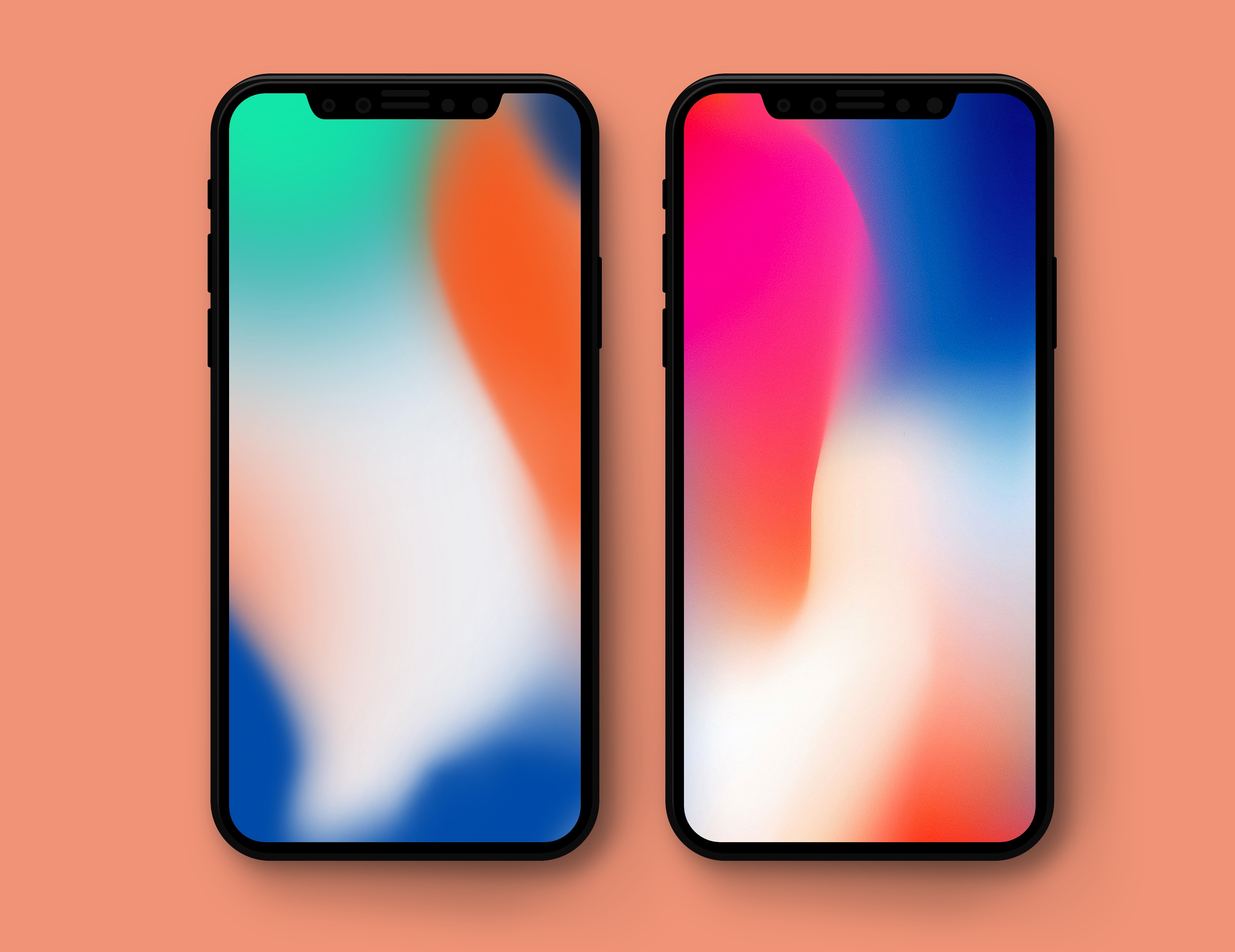
Samsung, the sole provider of sophisticated OLED panels to Apple, will earn an estimated $110 on each iPhone X sold through the summer of 2019, according to an analysis conducted by Counterpoint Technology for The Wall Street Journal.
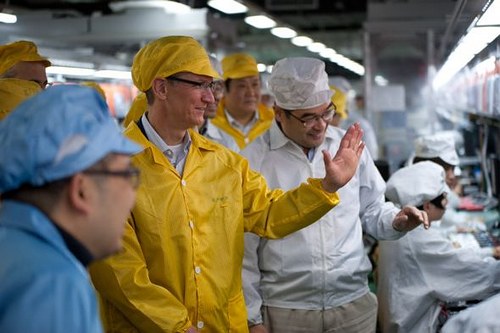
Multiple production glitches early in the manufacturing process this summer could result in extended supply shortfalls and shipping delays for iPhone 8, with contract manufacturer Foxconn Technology Group now offering bonuses to employees who can bring in new hires.
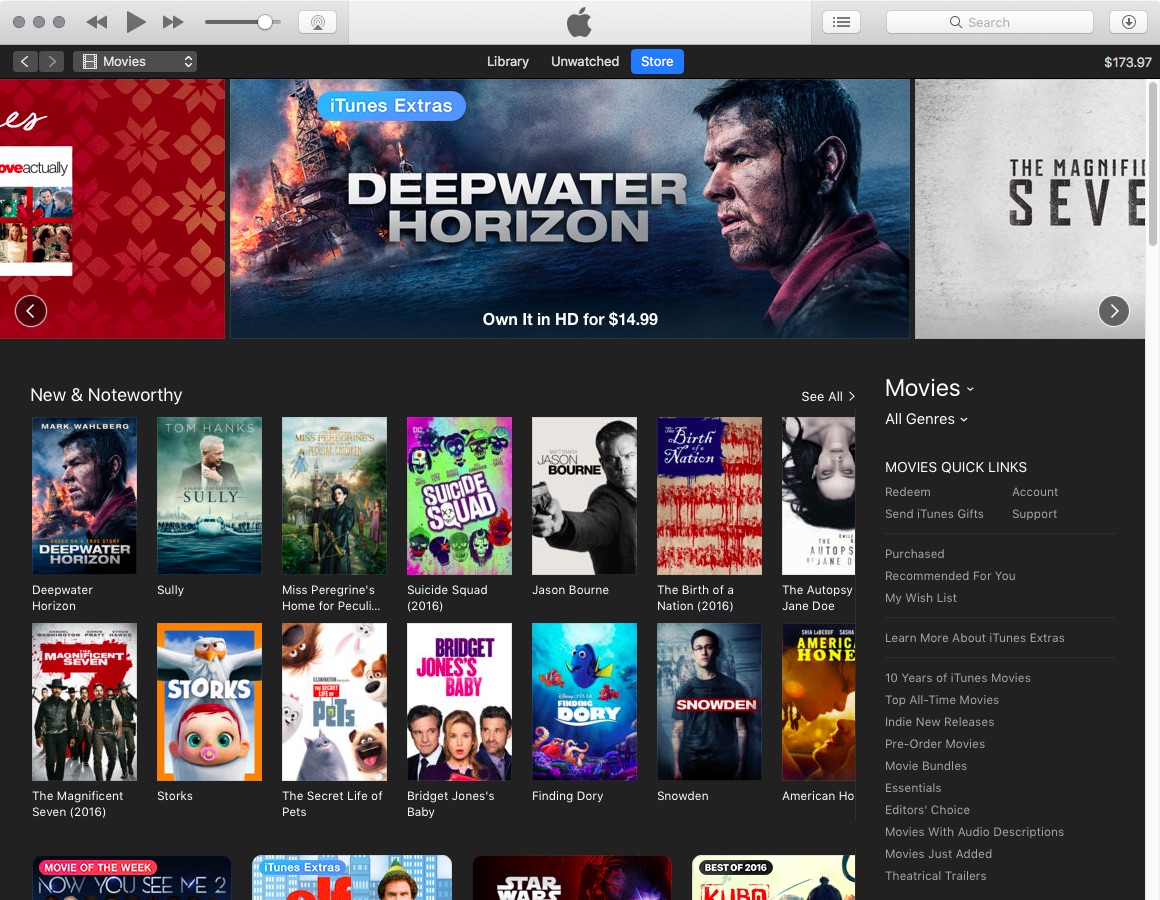
Just how much should Apple's iTunes Store charge for 4K movie downloads?
According to The Wall Street Journal on Monday, Apple has proposed pricing new 4K movie releases at $19.99, which is precisely what the company currently charges purchases of major digital movie releases in full HD (1080p) resolution on iTunes Store.
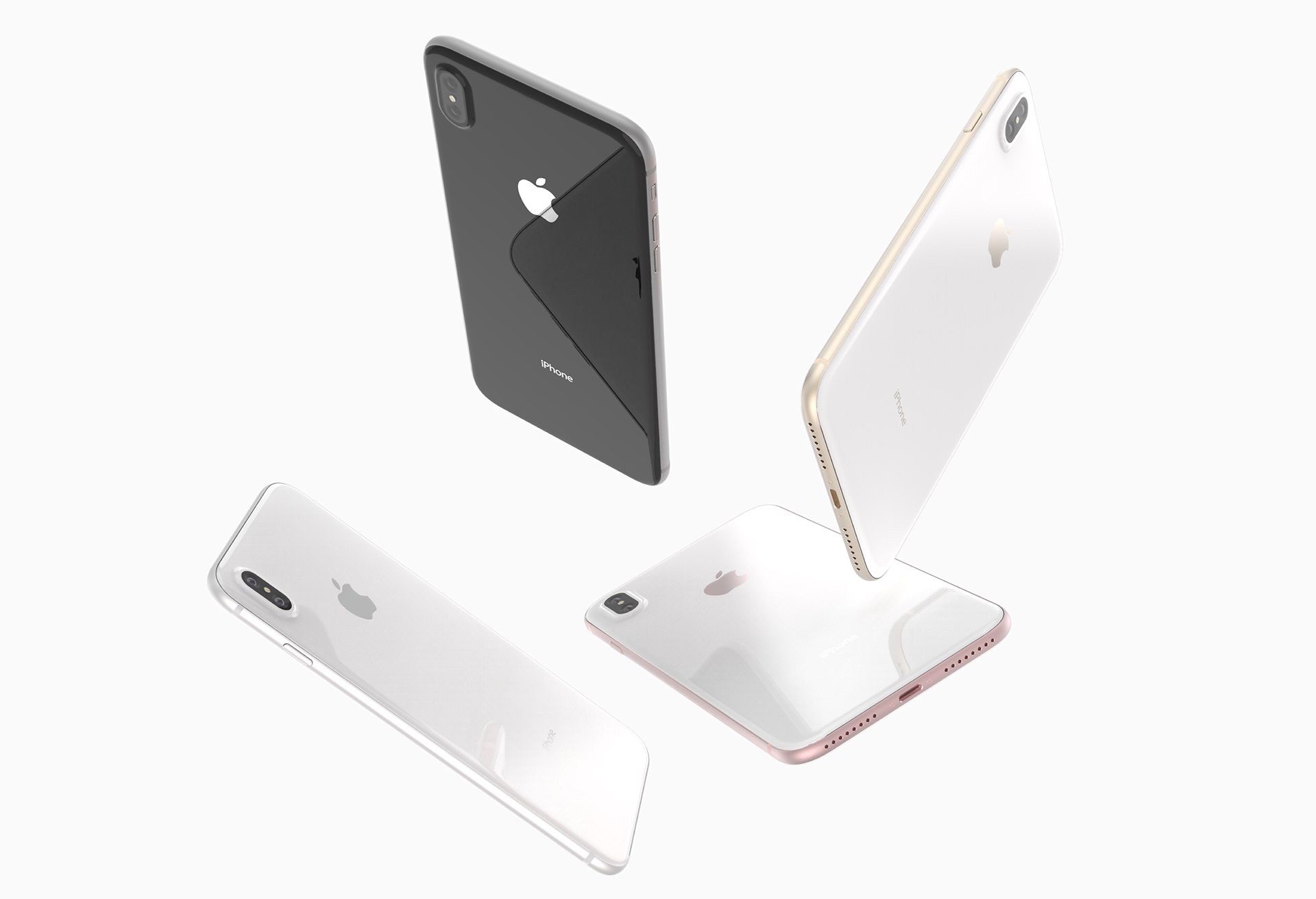
iPhone 8 is said to pack in sophisticated 3D sensors on its front and back capable of scanning a user's face within “millionths of a second”. The Wall Street Journal has now learned that the phone's deep-sensing scanners work in low-light situations, even in complete darkness.

Apple has set aside a reported $1 billion war chest to procure and produce as many as ten television shows over the next year, according to the Wall Street Journal today.
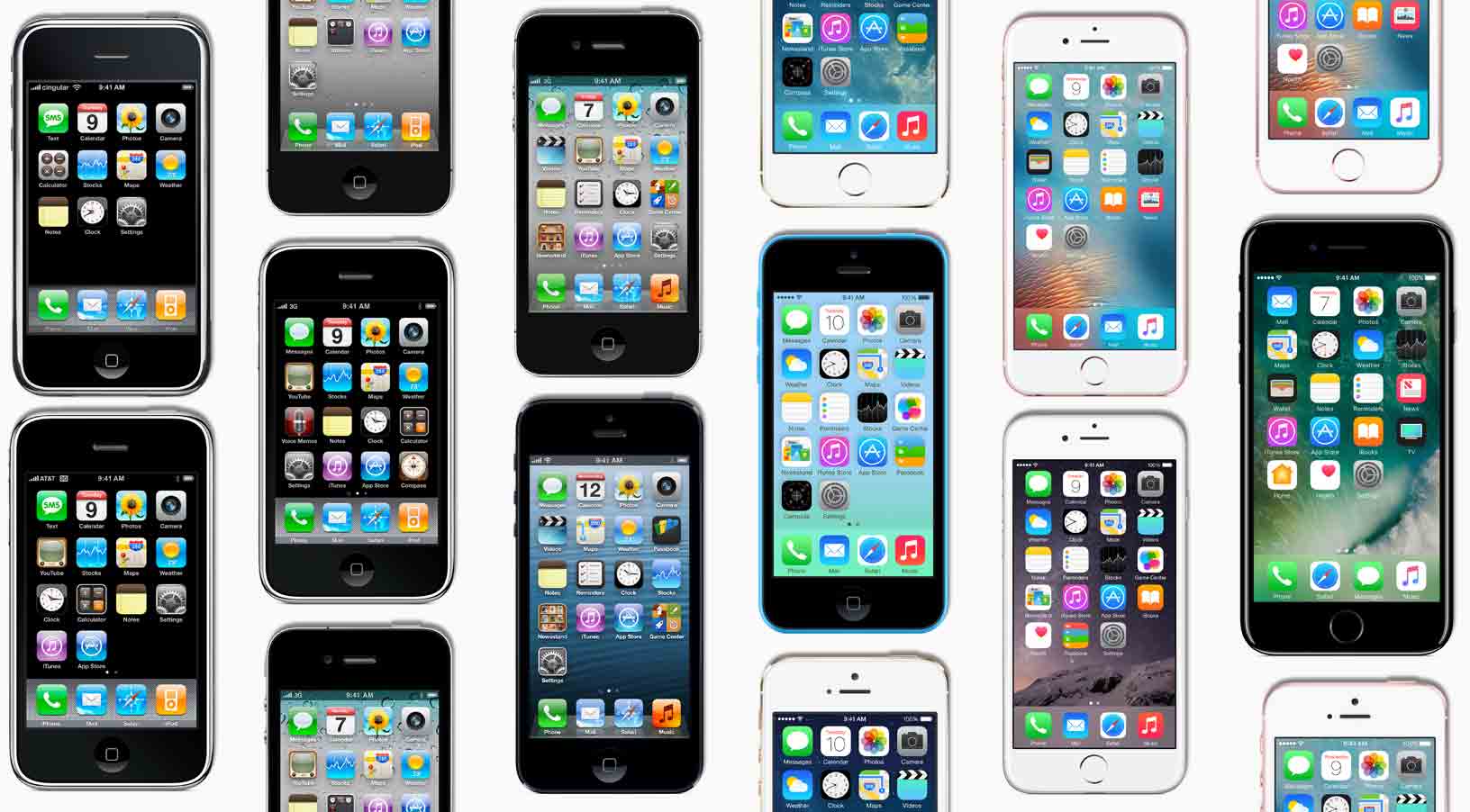
Hugh Dubberly, a former Apple creative director and former member of Samsung’s global design advisory board, was cited in The Wall Street Journal's write-up Monday as saying that the pipeline that Steve Jobs started is now over. “It’s not so much that Samsung has gotten better, but Apple has fundamentally changed,” he added.
While smartphone innovation in general has stalled due to market saturation and other factors as game-changing technologies continue to give way to incremental changes, the article suggests that Samsung has out-designed Apple with its Galaxy S8.
The smartphone war is shifting to how a phone looks and feels, reads the article.
Samsung design chief M.H. Lee was cited as saying:
Companies used to design phones to show off their technology. Now the focus is on designing a product that can be a buddy to the person, inseparable to them. Smartphone design is not just artwork that expresses what you want but a process of making things people around the world can actually use.
Charles L. Mauro, president of MauroNewMedia, a product-design research firm that has done consulting work for Apple and Samsung, said smartphone aesthetics now account for about half a consumer’s purchase decision versus just seven percent of purchases in an older survey.
An excerpt from the article:
Samsung's Galaxy S8 is nudging the bar higher as Apple seeks to impress with its 10th anniversary iPhone this fall. For Apple to outdo Samsung on design, analysts said, it would need a new distinguishing feature, like a fingerprint sensor beneath the display rather than a physical Home button.
Consumer Reports ranked the Galaxy S handset the top phone for the second straight year, praising features like Galaxy S8's industrial design, battery life and camera quality.
Galaxy S8 sales hit one million units in South Korea in half the time it took for its predecessor to hit that milestone. On the other hand, it saw significantly lower global sales during its first two months of availability than the Galaxy S7 model during the same period last year.
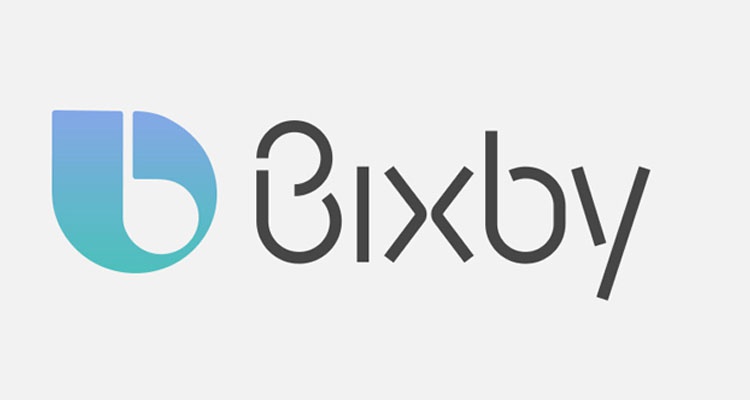
The Wall Street Journal reported Tuesday that Samsung has been developing a wireless speaker powered by its Bixby personal assistant to take on the rival Amazon Echo, Google Home and Apple HomePod devices.
Internally code-named “Vega”, the project has been in development for more than a year.
Citing people familiar with the matter, the report states that the release timing is far from determined because the device's feature set and other specifications are yet to be decided, much less a release date.
The development is said to have been held back by the progress of Bixby itself, which already forced the South Korean firm to launch Galaxy S8 without proper support for English voice commands which rolled out in preview form last month.
According to the report, Samsung sees the full release of Bixby voice support as “unlikely before the second half of July.”
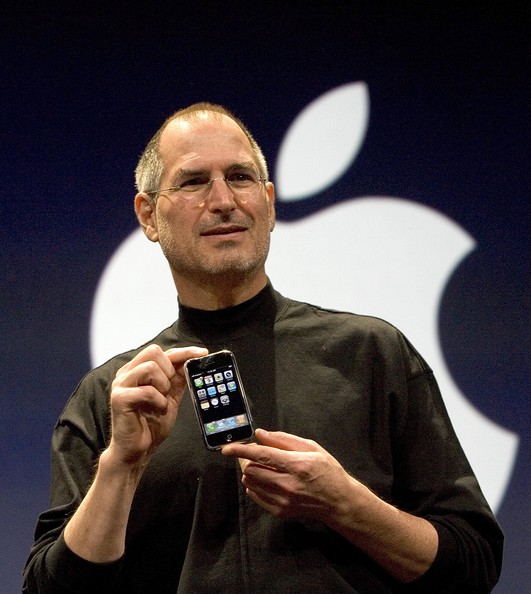
Apple earlier this year celebrated the tenth anniversary of the original iPhone's unveiling. And as we approach the tenth anniversary of the handset's June 29, 2007 debut, Christopher Mims of the Wall Street Journal sat down with the original iPhone team members who recounted designing the handset's touchscreen interface and more.
Running nine minutes long, the interview features former iOS chief Scott Forstall, former Vice President of Human Interface Design Greg Christie and the iPod “Godfather” Tony Fadell.
Fadell's team was tasked with the development of a device that was basically an iPod with a phone. It featured a clunky hardware keyboard and ran a version of the iPod interface.
“We tried 30 or 40 ways of making the wheel not become an old rotary phone dial and nothing seemed logical or intuitive,” said Fadell. “To actually dial a real number, it was so cumbersome.”
It was 2005 and Jobs was displeases with the direction of “Project Purple”.
“We’d been doing a lot designs which weren’t quite there yet. It didn’t feel complete. And Steve came to one of our design meetings and he said, ‘This isn’t good enough. You have to come up with something so much better. This is not good enough'”, Fadell recounted.
“Start showing me something good soon or I’m going to give the project to another team,” Christie paraphrased Jobs. According to Forstall, Jobs gave the team two weeks to come up with something special.
“So we went back to the drawing board and Greg assigned specific ownership of different pieces of the design to different people and that team worked 168 hours per week for two weeks. They never stopped,” said Forstall. Eventually, Forstall and Christie's vision for the user interface of the original iPhone, based on OS X code, prevailed over Fadell's click-wheel design.
Christie reflected on how their early iPhone interface designs blew Steve Jobs away:
The first time he saw it he was completely silent, he didn't say a thing. He didn't say anything, he didn't gesture, he didn't ask a question.
Then he sat back and he said, 'Show it to me again.'
And so we go through the whole thing again and Steve was pretty much blown away by the whole demonstration. It was great work.
It took them nearly two and a half years to turn that demonstration into a shipping product.
A ping pong table sized demo had a projector that was beaming a Mac interface on it, allowing engineers to use their whole hand to touch different things on it. “It was literally a ping pong sized multi-touch display,” said Tony Fadell.
And now, watch The Wall Street Journal's full video, titled "How The iPhone Was Born: Inside Stories of Missteps and Triumphs”.
According to Fadell, back at the time sales of the iPod music player accounted for half of Apple's total sales so they wondered about iPod's success long term and kept asking themselves what will cannibalize sales of the music player.
“And one of the biggest concerns was cell phones,” said Fadell.
The three former Apple execs also talk about pinch to zoom, rubber-band scrolling and more. Be sure to watch the whole thing, it's definitely worth ten minutes of your time.
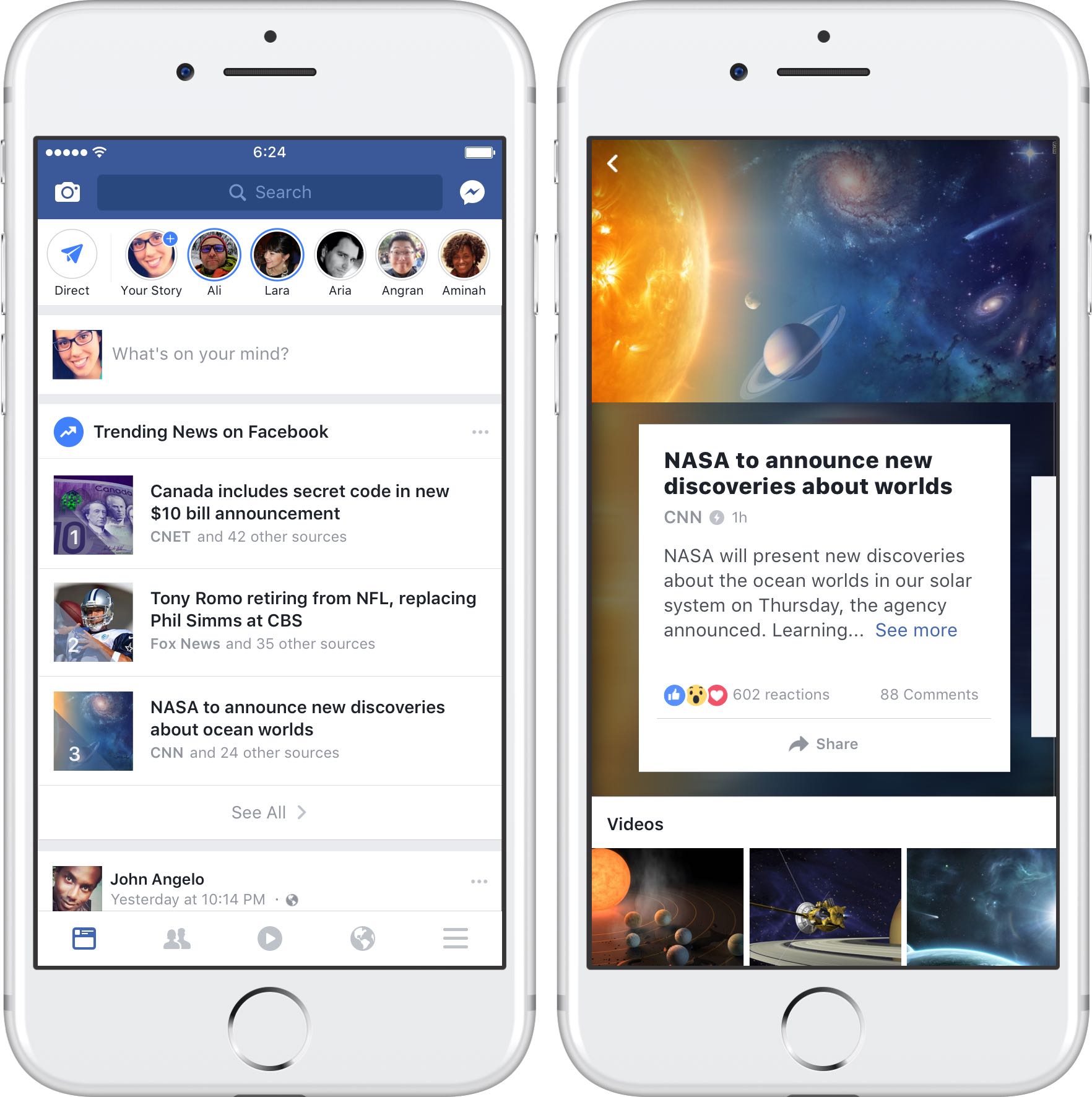
Facebook is working on a new feature to permit users to subscribe to news publications directly from its mainland mobile app. According to a report this morning from The Wall Street Journal, many details remain up in the air as discussions are currently underway.
The company is allegedly leaning toward a model that would let you read certain articles for free every month, before being prompted to pay. There's a catch: Facebook is said to limit this to the stories published natively through its Instant Articles service.
With that in mind, it may be no coincidence at all that Facebook recently launched new tools to help publishers make their Instant Articles compatible with the Apple News format as well as with Google's Accelerated Mobile Pages system.
This new functionality could roll out by the end of 2017, sources said. People familiar with the matter pointed out that the upcoming feature has long been requested by publishers.
While users currently can follow different news organizations, the rumored feature would permit them to use their credit card information on file with Facebook to directly subscribe to a news publication and have any subscriber-only content delivered to them through the app.
The development, if true, should pose some additional challenges to Google News platform as more and more people turn to Facebook for their daily news.
Image: Facebook's recent redesign of Trending pages.
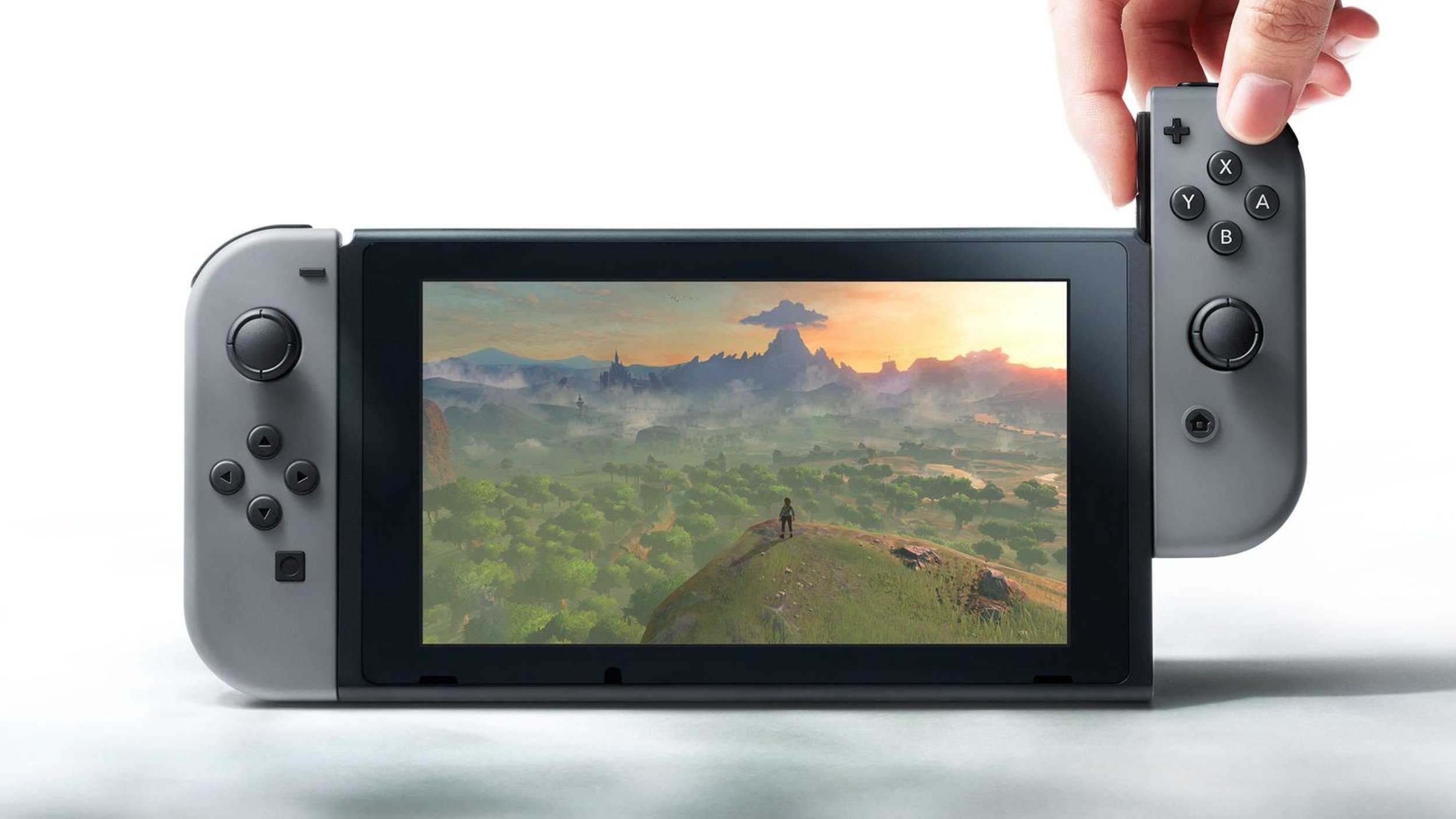
Apple's appetite for smartphone components, such as cameras, flash chips and more, has reportedly forced Nintendo to slash the Switch console sales target to ten million units versus the original plan to make nearly twenty million units in the year ending in March 2018.
The Wall Street Journal reports that Nintendo's biggest battle is against companies such as Apple that are gobbling up the same parts Nintendo needs to make the Switch console.
According to people in the industry, Nintendo originally told suppliers and assemblers it hopes to make nearly twenty million units of the Switch console in the year ending in March 2018.
https://www.youtube.com/watch?v=ripbdd_IZXk
The sales target has been revised internally to ten million Switch devices for the year.
“The problem is an industrywide capacity shortage for components used in smartphones, computer servers and other digital devices,” reads the article.
“These include the NAND flash-memory chips that store data, liquid-crystal displays and the tiny motors that enable the Switch’s hand-held controllers to imitate the feel of an ice cube shaking in a glass.”
“Demand for our NAND flash memory has been overwhelmingly greater than supply, and the situation is likely to stay for the rest of this year,” a spokesperson for supplier Toshiba says.
This is bad news for Nintendo.
Although strong demand suggests the Japanese gaming giant can sell many more of these things, its partners are unable to ramp up production because Apple and others are gobbling up the same parts used to make the home/portable console.